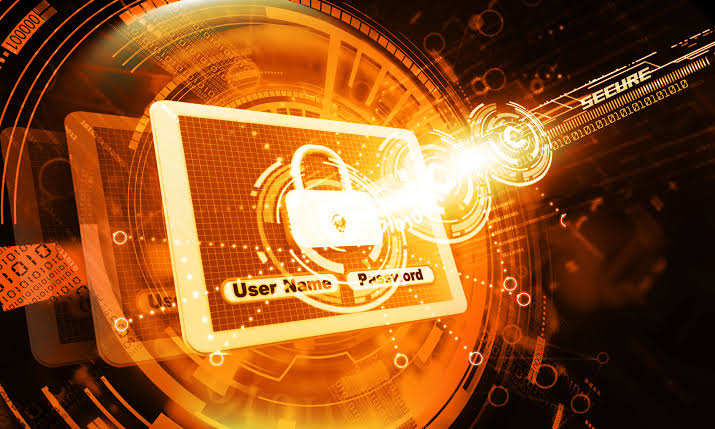In today’s digital age, images hold a significant role in various aspects of our lives, from personal memories to critical evidence in legal proceedings. However, with the increasing prevalence of image manipulation tools and software, the authenticity of visual evidence has come under scrutiny. This has led to the rise of forensic image authentication, a field dedicated to unearthing the truth behind images and ensuring their credibility in various contexts. In this article, we delve into the world of forensic image authentication and explore different forms of techniques used to unravel the truth.
Different Forms of Techniques Used In Forensic Image Authentication
- Metadata Analysis
One of the fundamental forms of forensic image authentication involves scrutinizing the metadata embedded within digital images. Metadata contains essential information such as the camera make and model, date and time of capture, exposure settings, and GPS coordinates. This data can be cross-referenced with other available information to verify the image’s authenticity and origin. Altering or removing metadata is a common technique used by manipulators, but forensic experts can often detect such tampering.
- Error Level Analysis (ELA)
ELA is a powerful tool that detects discrepancies in the compression levels of an image. When an image is saved or edited, certain regions may exhibit higher compression levels, indicating possible areas of manipulation. Forensic experts employ ELA to identify irregularities and pinpoint potentially altered regions, aiding in the verification of an image’s integrity.
- Image Noise Analysis
Every digital image contains inherent noise, which refers to random variations in pixel values caused by factors such as lighting conditions and camera sensors. Forensic image authentication uses advanced algorithms to analyze image noise patterns and determine if they are consistent throughout the image. Inconsistencies in noise levels may indicate potential tampering.
- Biometric Analysis
Biometric analysis involves the study of unique characteristics within an image, such as facial features, fingerprints, or iris patterns. Forensic experts use biometric comparison techniques to verify the identity of individuals in an image or to determine if a face has been superimposed onto another body. Biometric analysis plays a vital role in criminal investigations and is often used to match suspects to surveillance footage.
- Source Identification
Forensic image authentication also explores the identification of the image source. Digital cameras and smartphones leave unique patterns, known as sensor pattern noise, on images they capture. By analyzing these patterns, experts can determine if an image originated from a specific camera or device, helping to trace its origin and uncover potential manipulation.
- 3D Photogrammetry
3D photogrammetry is a cutting-edge technique used in forensic image authentication to create detailed 3D models from 2D images. This process involves analyzing multiple images of a scene or object taken from different angles to reconstruct a 3D representation. By comparing the 3D model with the original image, experts can verify the spatial accuracy and uncover any distortions or inconsistencies.

- Multi-Focus Image Fusion
Multi-focus image fusion is employed to combine multiple images captured at different focus levels into a single image with enhanced clarity and depth of field. Forensic experts can use this technique to reveal hidden details in images, such as obscured text or objects, potentially aiding in investigations involving manipulated documents or crime scene photos.
Machine Learning and AI in Forensic Analysis
With the rapid advancements in artificial intelligence and machine learning, these technologies are now being utilized in forensic image authentication. AI algorithms can learn from vast datasets of authentic and manipulated images, enabling them to detect subtle alterations that might be challenging for human experts to identify.
In Conclusion
Forensic image authentication stands as a critical discipline in today’s digital landscape, ensuring the integrity of visual evidence and safeguarding the truth. By exploring various techniques, such as metadata analysis, ELA, image noise analysis, biometric analysis, source identification, 3D photogrammetry, multi-focus image fusion, and incorporating AI, forensic experts can effectively unravel the authenticity of images and uphold the reliability of evidence in legal, journalistic, and investigatory domains. As technology continues to evolve, so too will the field of forensic image authentication, paving the way for a more transparent and accountable digital future.



Leave feedback about this